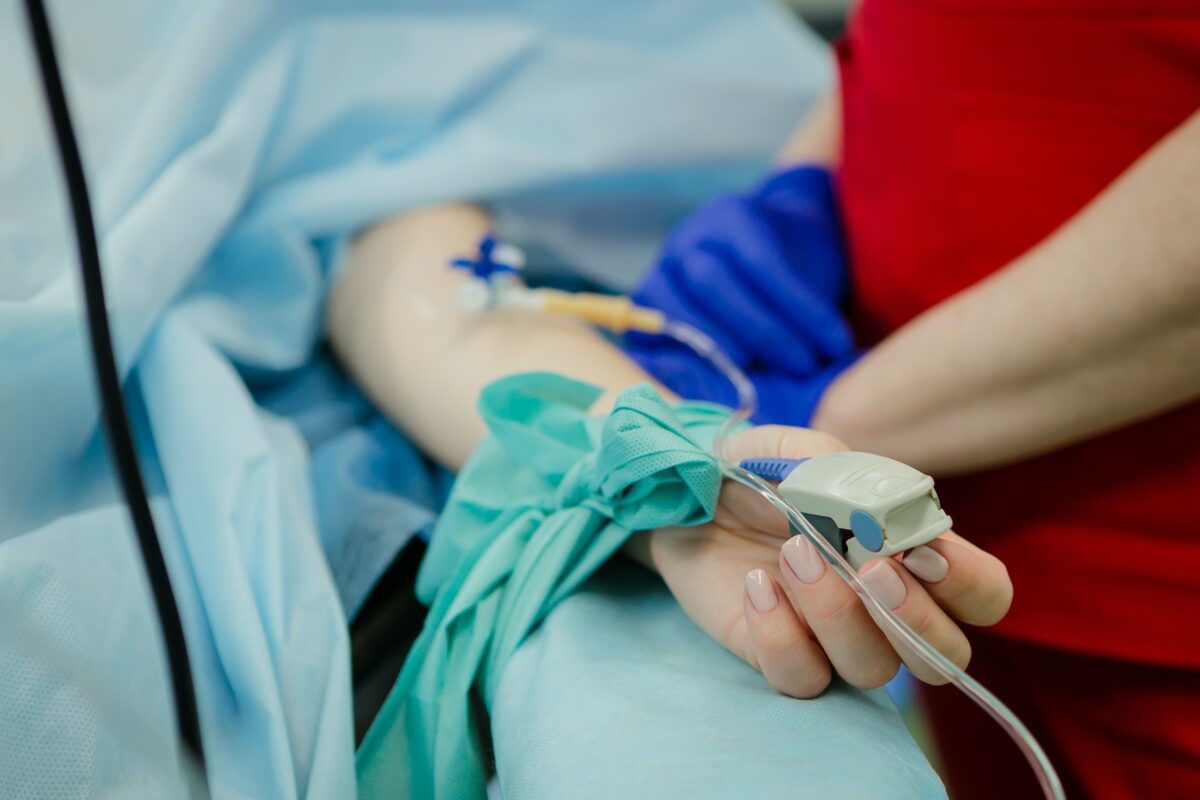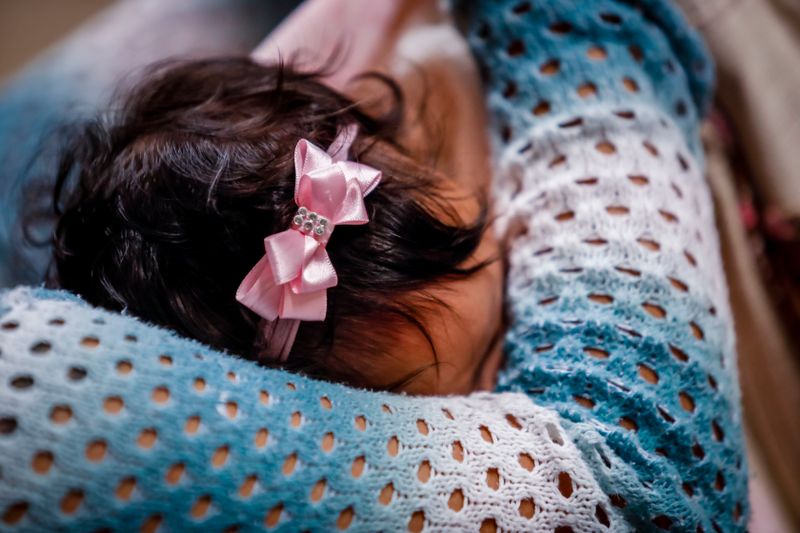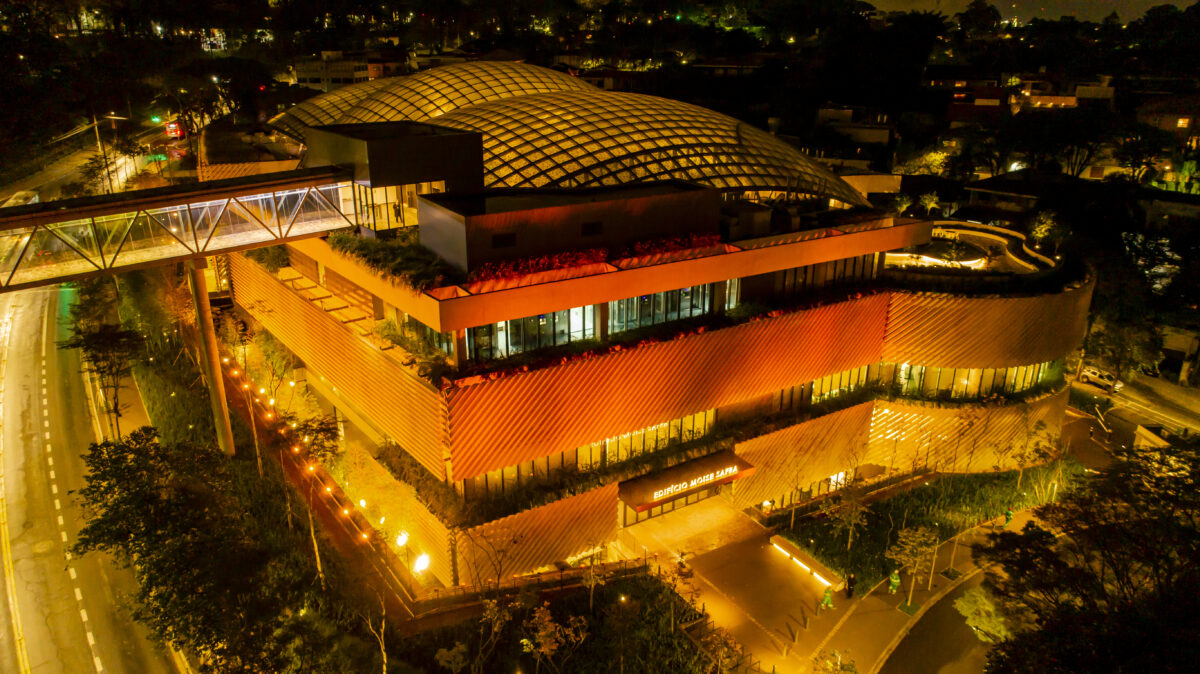 #News
#News
Bispecific antibodies to fight cancer
Chemotherapy with specific antibodies only affects tumor cells, without affecting healthy ones
 High-risk leukemia requires large doses of chemotherapy, which can result in side effects due to drug toxicity | Photo: Olga Kononenko/Unsplash
High-risk leukemia requires large doses of chemotherapy, which can result in side effects due to drug toxicity | Photo: Olga Kononenko/Unsplash
Cancer drugs are known for their side effects, the result of toxicity that affects human cells outside of the tumors. The path to more targeted drugs may have just become shorter with the development of Caelyx, a drug that uses antibodies capable of binding the drug to tumor cells.
The results were published last year in Science Translational Medicine.
Caelyx is a formulation of doxorubicin and has shown promise as a treatment for some types of cancer, such as leukemia. However, toxicity may still be a problem, especially for so-called “high-risk leukemia,” which requires large doses of chemotherapy and is more likely to recur after treatment.
Australian researchers have added so-called bispecific antibodies to the Caelyx formulation, which are capable of recognizing and binding the drug to the tumor cells, serving as a bridge between the two. As a result, the drug would not affect healthy cells and would specifically fight the cancer.
“Finding a way to make treatment drugs act more selectively on cancer cells is the key to improving treatment success while reducing toxicity in children treated for high-risk leukemia,” said Maria Kavallaris, lead researcher at the Children’s Cancer Institute, in Australia, in an interview with the press.
Greater flexibility
The researchers explain that an interesting aspect of the approach is the flexibility, since it can be used to treat any type of leukemia, including the high-risk ones.
“Rather than having to design a completely new therapeutic each time, all we need to do is change the antibody bridge, and we can target the same drug to any child’s blood cancer,” added Ernest Moles, a researcher at the same institution, who is listed as the first author of the article.
The new approach also presents the possibility of countering drug resistance. If the cancer tries to evade chemotherapy by altering their cell surface, the system can be modified to recognize the altered cancer cell.
In tests, the system worked not only in cultivated leukemia cells but also in animal models. In the latter, not only was the disease reduced, but survival increased, in some cases, up to four-fold.
Scientists believe that the approach could be used to improve selectivity of a whole range of new-generation therapeutic agents, not just chemotherapy drugs.
“In the future, it may be that each child diagnosed with leukemia can have their treatment targeted to their specific subtype, based on the analysis of a blood sample.”
*
This article may be republished online under the CC-BY-NC-ND Creative Commons license.
The text must not be edited and the author(s) and source (Science Arena) must be credited.


